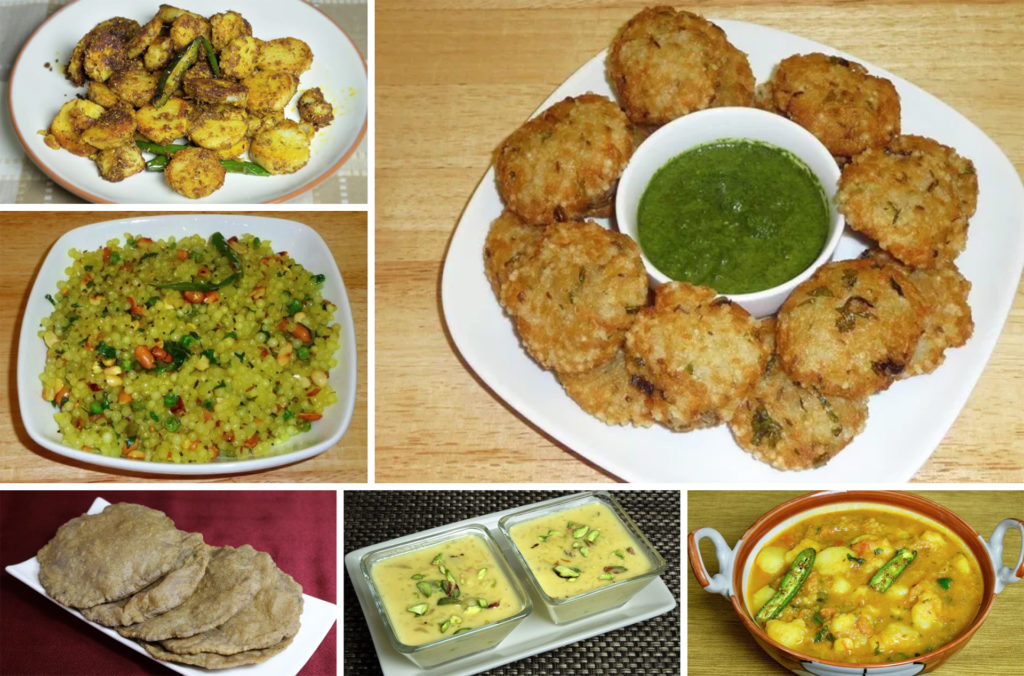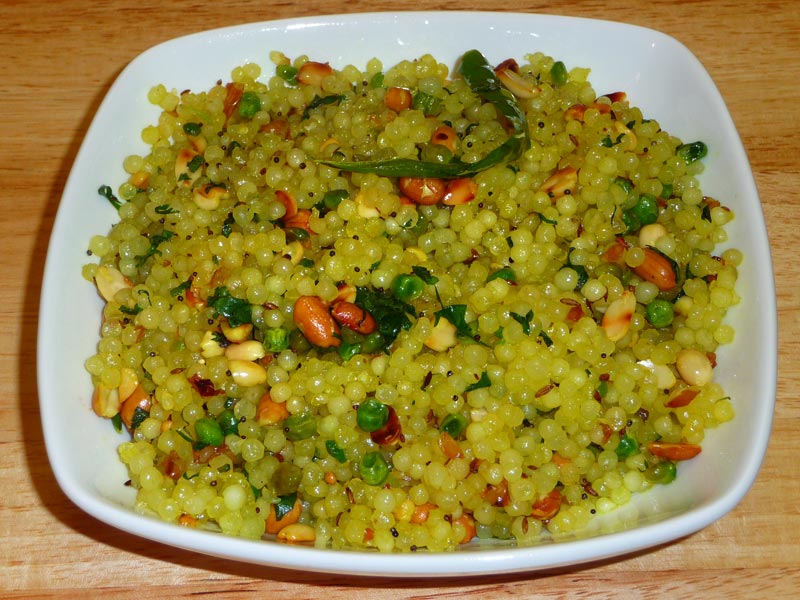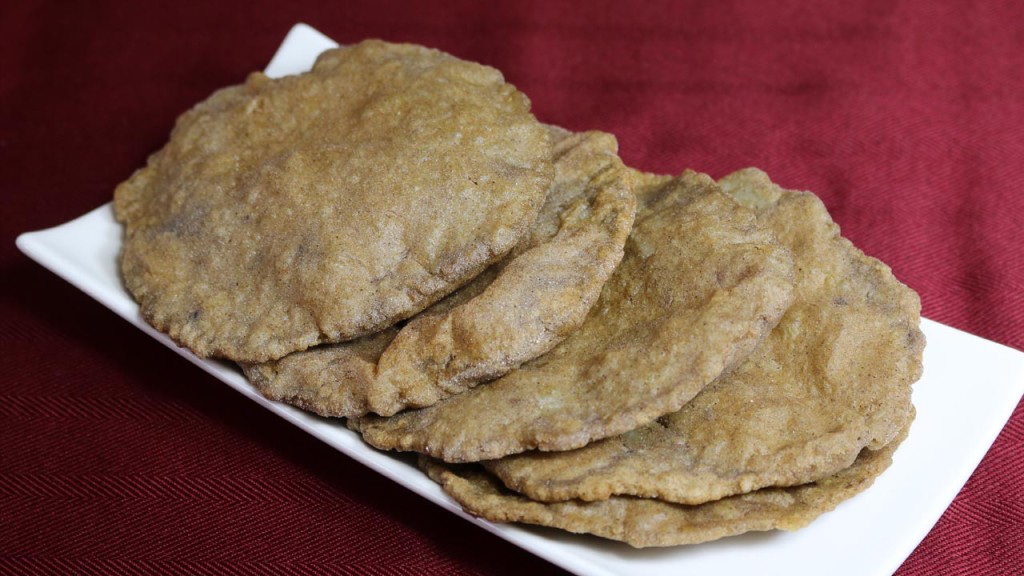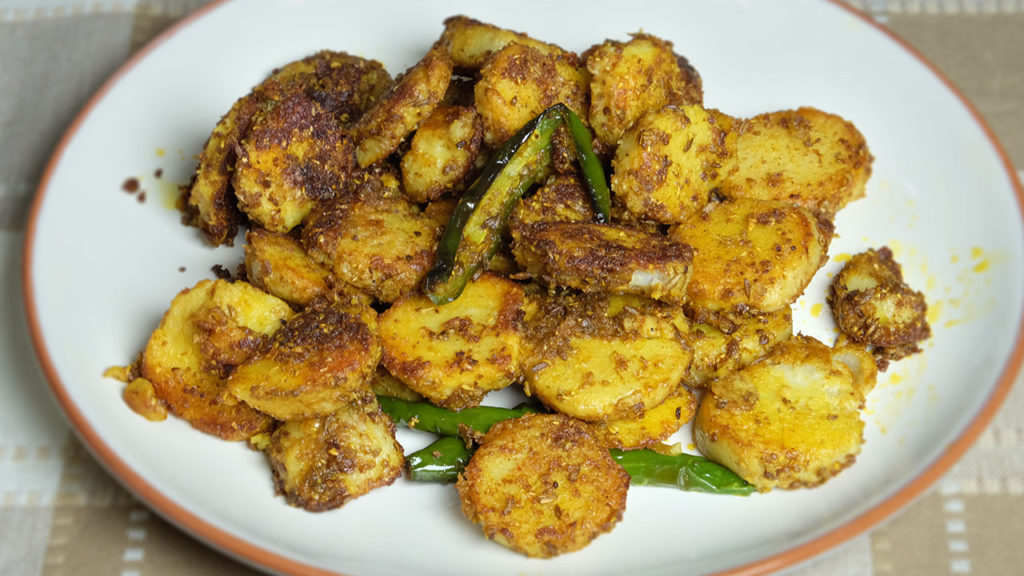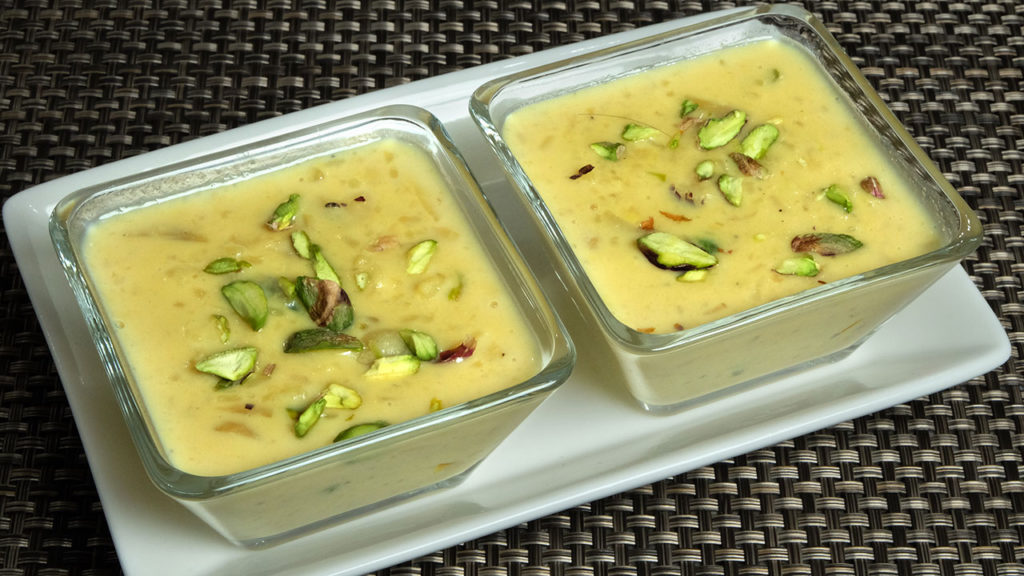Sweet Saffron Rice
Ingredients
- 1 cup basmati rice or long grain rice
- 2 Tbsp clarified butter ghee
- 1 ¾ cup water
- 2 Tbsp milk
- ½ cup sugar
- 1 piece of cinnamon stick dalchini
- ¼ tsp saffron threads kaser
- 4 whole cloves laung
- ½ tsp cardamom seeds coarsely crushed, ilachi
- Pinch of salt
- 3 Tbsp pistachios and almonds sliced or crushed, pista, badam
- 1 Tbsp raisins kishmish
Instructions
- Dry roast the almonds, pistachios and raisins in a pan on medium heat until the raisins puff and the nuts slightly change color. Set aside.
- Put the rice, water, cinnamom stick, and salt in a sauce pan over medium high heat.
- When the rice comes to boil, reduce the heat to low and cover.
- Let the rice cook for about 15 minutes, or until the water has evaporated.
- While rice is cooking, in a separate saucepan combine milk, butter, sugar, saffron, cloves and cardamom and bring to boil on medium heat, stir until the sugar has dissolved. Remove from the heat and set aside.
- Add the nuts mixture and sugar syrup over the rice. Fold gently into the rice with a spoon gently to avoid mashing the rice.
- Put the cover back over the rice and turn the heat on to very low. Let the rice simmer for 3 to 4 minutes. Turn the heat off and leave it covered for another few minutes before serving.
Savor the Aromatic Bliss: Sweet Saffron Rice – A Delightful Indian Treat
Sweet saffron rice is a delectable, gluten free and aromatic dessert that originates from Indian cuisine. It features fragrant basmati rice cooked with saffron-infused syrup and a blend of spices, resulting in a rich and flavorful dessert or sweet treat. The saffron lends a vibrant golden hue and a distinct floral flavor to the dish, while the nuts and dried fruits add texture and depth. This delightful dessert is often served on special occasions, festivals, or as a comforting indulgence any time of the day.
1. Nutty Roasting: Enhancing Flavor for Sweet Saffron Rice
Begin your journey of crafting sweet saffron rice by imparting a rich nuttiness to the dish. In a pan over medium heat, dry roast the almonds, pistachios, and raisins until the raisins puff and the nuts undergo a slight color change. This step not only intensifies the flavors of the nuts but also adds a delightful crunch and texture to your saffron sweet rice, elevating its overall appeal.
2. Indian Sweet Rice Recipe: Setting the Stage for Saffron Sweetness
In a saucepan, combine rice, water, a cinnamon stick, and a pinch of salt over medium-high heat. As the ingredients come to a gentle boil, prepare the canvas for the infusion of saffron’s golden hue and aromatic essence into your Indian sweet rice recipe.
3. Simmering Brilliance: Cooking the Rice to Perfection
Once the rice mixture reaches a boil, reduce the heat to low and cover the saucepan. Allow the rice to simmer for approximately 15 minutes or until the water has evaporated, ensuring each grain is cooked to perfection. This crucial step lays the foundation for the sumptuous texture and delightful flavor profile of your saffron rice Indian delicacy.
4. Saffron Infusion: Creating the Signature Sweetness
While the rice undergoes its transformation, prepare the decadent saffron-infused syrup in a separate saucepan. Combine milk, butter, sugar, saffron strands, cloves, and cardamom over medium heat, stirring until the sugar dissolves and the aromatic spices release their essence. This fragrant mixture sets the stage for the indulgent sweetness that defines your kesar rice experience.
5. Harmonious Fusion: Merging Nutty Goodness and Sweetness
Once the rice and saffron syrup are ready, it’s time to bring together the elements of your sweet saffron rice. Gently fold the roasted nuts mixture and the fragrant saffron syrup into the cooked rice, using a spoon to ensure even distribution without mashing the grains. This harmonious fusion of flavors and textures creates a symphony of taste in every bite of your Indian sweet rice recipe.
6. Final Simmer: Infusing Depth of Flavor
Cover the saucepan once more and allow the saffron sweet rice to simmer over very low heat for an additional 3 to 4 minutes. This final step ensures that the flavors meld together seamlessly, infusing every grain of rice with the richness of saffron and the nutty crunch of almonds and pistachios.
7. Culinary Crescendo: Serving Sweet Saffron Rice in All its Glory
Turn off the heat and let the sweet saffron rice rest, covered, for a few more minutes before serving. This brief interlude allows the flavors to further develop, culminating in a dish that’s not just a treat for the taste buds but a celebration of the vibrant culinary heritage of India. Enjoy your saffron rice Indian delicacy or kesar rice as a delightful dessert or a comforting indulgence any time of the day.
If you loved this indian sweet rice recipe then you must also check out other variants of Rice: Vegetable Biryani, Masala Khichdi, Chhole Biryani, Quinoa Vegetable Pilaf and Lemon Rice.


























